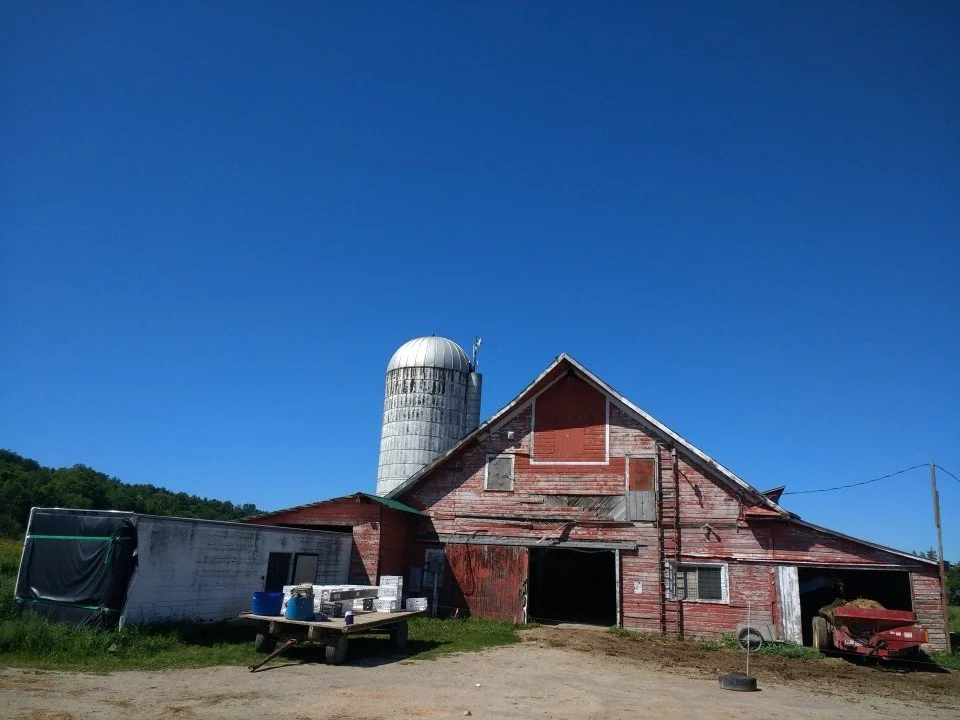The Dynamic Spectrum Alliance – Reflecting on a Decade Promoting Spectrum Sharing
Grain silos and barns can make great locations for wireless network infrastructure
This week I attended the Dynamic Spectrum Alliance’s annual summit, which was held virtually this year due to the COVID-19 pandemic. As this is the Dynamic Spectrum Alliance’s eighth annual global summit (nine if you include a pre-formation event in Singapore), I thought I would provide some reflections on the event and on the last decade.
Almost 600 people registered for this year’s event, with over 200 registered government guests dialing in from around the world. This year’s attendance set new records – attributable to both the virtual nature of this event and the growing importance of the Dynamic Spectrum Alliance, spectrum sharing opportunities, and the quality of this event.
At the time we created the Dynamic Spectrum Alliance, there really was no global organization advocating for laws and regulations allowing greater dynamic shared access to spectrum. Indeed, most industry groups were fighting against various forms of spectrum sharing. Policy makers were being told that spectrum sharing could not work and indeed could do significant harm to incumbent users of spectrum. Policy makers were stuck in a world of inflexible exclusive use licensing and artificial spectrum scarcity – incapable of addressing growing demand for spectrum, across a variety of spectrum bands. We wanted to create an organization that would credibly work with policy makers and regulators to educate them and give them the tools they need to enable greater shared access to spectrum, to address growing demand and increase network capacity, enable the Internet of Things, and help close the global broadband gap. We wanted to create an organization that could be a true partner to governments using spectrum policy to address key policy priorities.
Over the time since we created the Dynamic Spectrum Alliance a lot has changed. We’ve gone from being asked whether dynamic spectrum access could work to being asked how to get it done. Many of the same companies and organizations that once adamantly opposed spectrum sharing are now supporting it (or at least no longer opposing it). Can one imagine 5G working without different forms of spectrum sharing, on both licensed and unlicensed/license-exempt spectrum? Without spectrum sharing, there would be no 5G. And, beyond 5G, the next generations of wireless technologies will not be possible without expanded spectrum sharing.
Those of you who know me well, know that I am passionate about bringing connectivity to unserved communities around the world. I founded Microsoft’s Airband Initiative and I recently formed a new consulting firm, the Vernonburg Group, advising companies, governments, and other organizations on how they can close the global broadband gap. Even with all of the progress over the last decade, half for the world’s population is not yet online. The broadband gap is most acute in the global south, but even in the wealthier countries, like the US, we have a broadband gap. According to the FCC, nearly one-fourth of the population in rural areas — 14.5 million people — lack access to broadband service. In tribal areas, nearly one-third of the population lacks access. Even in areas where broadband is available, approximately 100 million Americans still do not subscribe. Microsoft’s usage data shows that only about half of Americans are accessing the internet at broadband speeds. I suspect this dynamic repeats in markets around the world.
The global COVID Pandemic has further highlighted the importance of connectivity for social and economic inclusion – for access to education, healthcare, working remotely, and for political participation. At the same time, the World Bank has projected that – for the first time in 20 years – an additional 150 million people could sink into extreme poverty next year as a result of this pandemic. This surely will place a drag on efforts to close the digital divide.
Alongside a variety of other measures, increased dynamic spectrum access is a key ingredient to addressing these critical issues. So, I hope that the Dynamic Spectrum Alliance and its members will redouble their efforts and work with policy makers and regulators around the world to enable them to allow greater access to spectrum, across a variety of complementary low-, mid-, and high-frequency bands, which are suited for different use cases and environments.
As part of my recent transition out of Microsoft, I resigned my role as the Chairman of the Dynamic Spectrum Alliance. It was a real pleasure being involved in the creation and growth of the Dynamic Spectrum Alliance over the last nine years. At this year’s summit, the Dynamic Spectrum Alliance was nice enough to give me a Lifetime Achievement Award. I have to confess real surprise at receiving this award. I don’t feel like I am at the stage in my life or my career to be worthy of a Lifetime Achievement Award, but I am nonetheless grateful and honored to receive this award. In particular, I would like to thank Dr. Martha Suarez – the President of the Dynamic Spectrum Alliance – and the Members of the Dynamic Spectrum Alliance Board for giving me this award.
The Dynamic Spectrum Alliance is a great example of how we accomplish so much more when we open our minds to new ideas and approaches and when we work together. Based on growing attendance at the Dynamic Spectrum Alliance Summits, I think many others in government, the private sector, and civil society share this sentiment.

